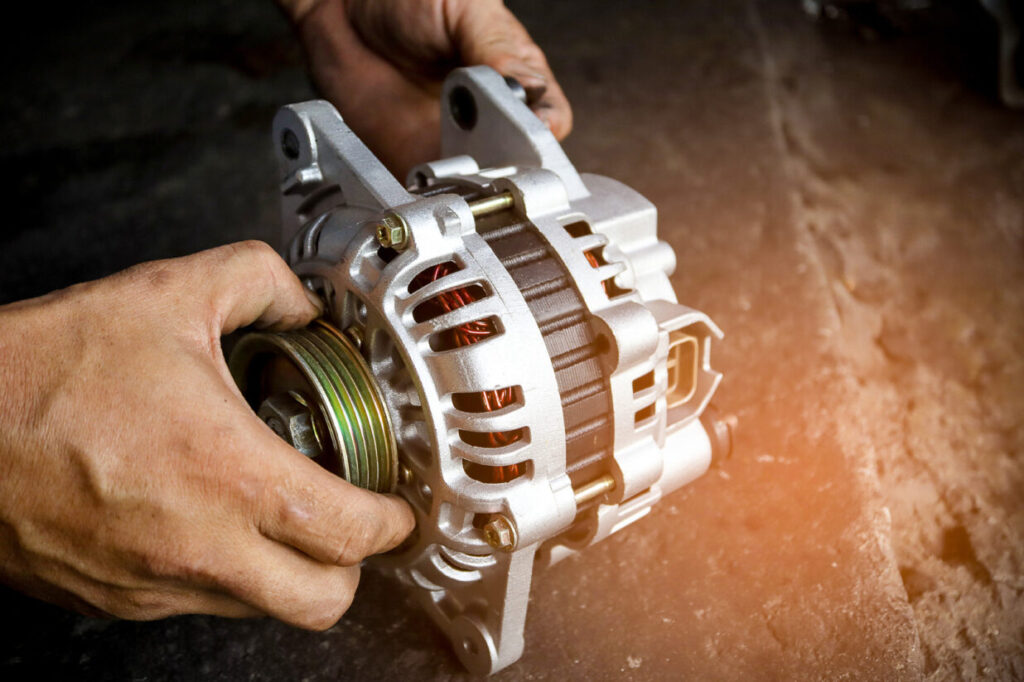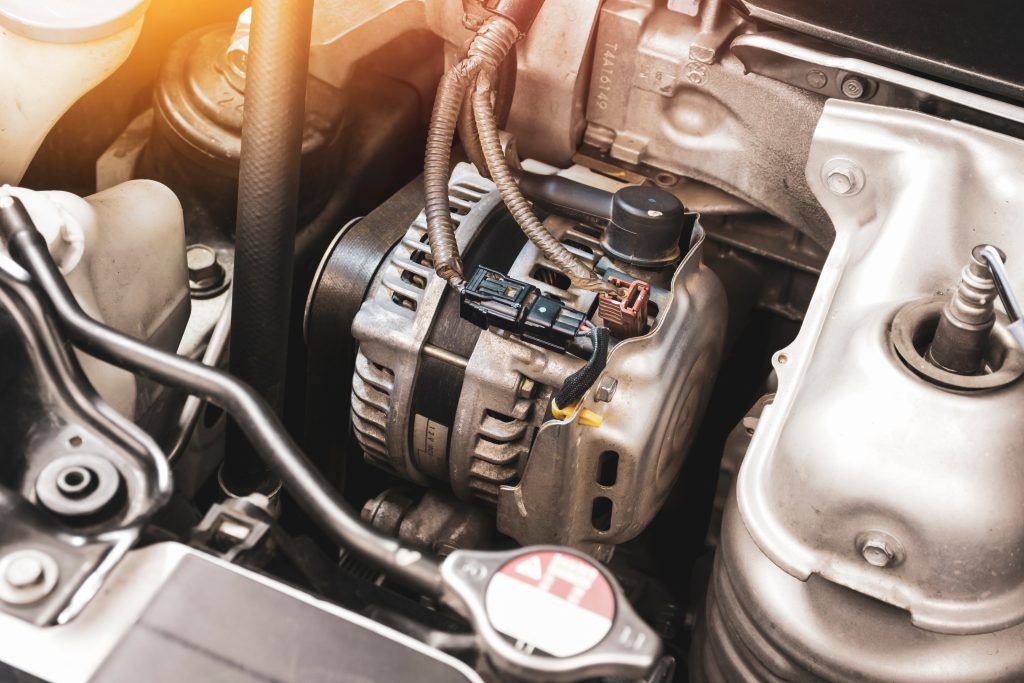
Understanding Car Battery Issues
Signs of a Weak Car Battery
When it comes to car batteries, recognizing the signs of a problem can save drivers from unexpected breakdowns. A weak battery often manifests itself through:
- Slow Engine Crank: When you turn the key, the engine may take longer to start than usual.
- Dimming Headlights: Noticeable drop in light intensity, especially when idling.
- Electrical Issues: Malfunctioning electronics, like power windows or radio that seem sluggish.
- Check Engine Light: This alert can indicate various issues, including battery problems.
Common Causes of Battery Problems
Understanding the common causes behind battery issues is essential. Here are a few culprits that frequently lead to battery failure:
- Age: Most car batteries have a lifespan of about 2 to 5 years. Older batteries are more prone to issues.
- Corrosion: Build-up on battery terminals can hinder performance.
- Extreme Temperatures: Both hot and cold climates can affect battery health.
- Parasitic Drain: Leaving lights or accessories on when the car is off can slowly drain the battery.
Being aware of these factors can help drivers maintain their battery and avoid being stranded unexpectedly.

Exploring Alternator Problems
Symptoms of a Failing Alternator
When it comes to a vehicle's electrical system, the alternator plays a crucial role in keeping everything running smoothly. Therefore, it's important to recognize the early symptoms of a failing alternator. Signs to watch for include:
- Warning Lights: Illuminated battery or alternator warning lights on the dashboard.
- Flickering Lights: Dimming or flickering headlights while driving, indicating insufficient power.
- Electrical Failures: Issues with power windows, radio, or other electrical components.
- Strange Noises: A grinding or whining sound, suggesting internal problems within the alternator.
Factors Contributing to Alternator Failures
Understanding what leads to alternator issues can help prevent unexpected repairs. Here are some common factors:
- Wear and Tear: Over time, components like bearings and diodes can deteriorate.
- Heat Exposure: Excessive heat can cause wires and electrical connections to fail.
- Faulty Belt: If the serpentine belt that drives the alternator is worn or broken, it may not function properly.
- Corroded Connections: Poor electrical connections can lead to inadequate power output.
Being proactive about these factors can extend the life of your vehicle's alternator and keep your car running smoothly.

Diagnosing Battery vs. Alternator Problems
Testing the Battery
When faced with starting issues, the first step is often to test the battery. To get started, a few simple methods can determine if your battery is the true culprit:
- Visual Inspection: Check for corrosion on terminals and ensure connections are tight.
- Voltmeter Test: A reading below 12.4 volts indicates a weak battery.
- Load Test: Using a battery load tester, apply a load for 10-15 seconds. If the voltage drops below 9.6 volts, it's time for a replacement.
Testing the Alternator
If the battery checks out, the next step is testing the alternator. Here’s how to do it effectively:
- Voltage Readings: With the engine running, use a voltmeter. A healthy alternator should produce between 13.8 to 14.4 volts.
- Accessory Load Test: Turn on accessories (lights, radio) and watch for voltage drops. Significant drops may indicate alternator failure.
- Noise Check: Listen for any unusual grinding or whining noises, which could signal internal issues.
By honing in on these tests, drivers can swiftly identify whether it’s the battery or alternator causing trouble, ensuring a smoother and more convenient resolution.
Resolving Battery and Alternator Issues
Replacing a Car Battery
When it comes to replacing a car battery, the process isn't as daunting as it may seem. Here's a straightforward approach to ensure you're equipped for a successful replacement:
- Safety First: Make sure to wear gloves and safety goggles before you start.
- Tools Needed: You'll typically need a wrench, a battery terminal cleaner, and a new battery.
- Disconnect the Old Battery: Start with the negative terminal followed by the positive to avoid sparks.
- Remove the Old Battery: Carefully lift it out, as car batteries can be heavy.
- Install the New Battery: Place it in the tray, reconnect the positive first, then the negative.
Repairing or Replacing an Alternator
If your tests indicate a failing alternator, you may need to either repair or replace it. Here’s how to navigate this issue:
- Assessment: Determine if the alternator can be repaired—sometimes worn-out components can be fixed.
- Purchase a Quality Replacement: If a replacement is necessary, choose a reputable brand that fits your vehicle model.
- DIY Installation: With basic tools, many can replace an alternator themselves by disconnecting the battery, removing the serpentine belt, and unbolting the alternator.
- Professional Help: For those hesitant about DIY, it’s often best to consult a mechanic.
Having navigated both these repair processes, it's clear that with some effort and knowledge, most drivers can resolve battery and alternator issues without too much hassle.
